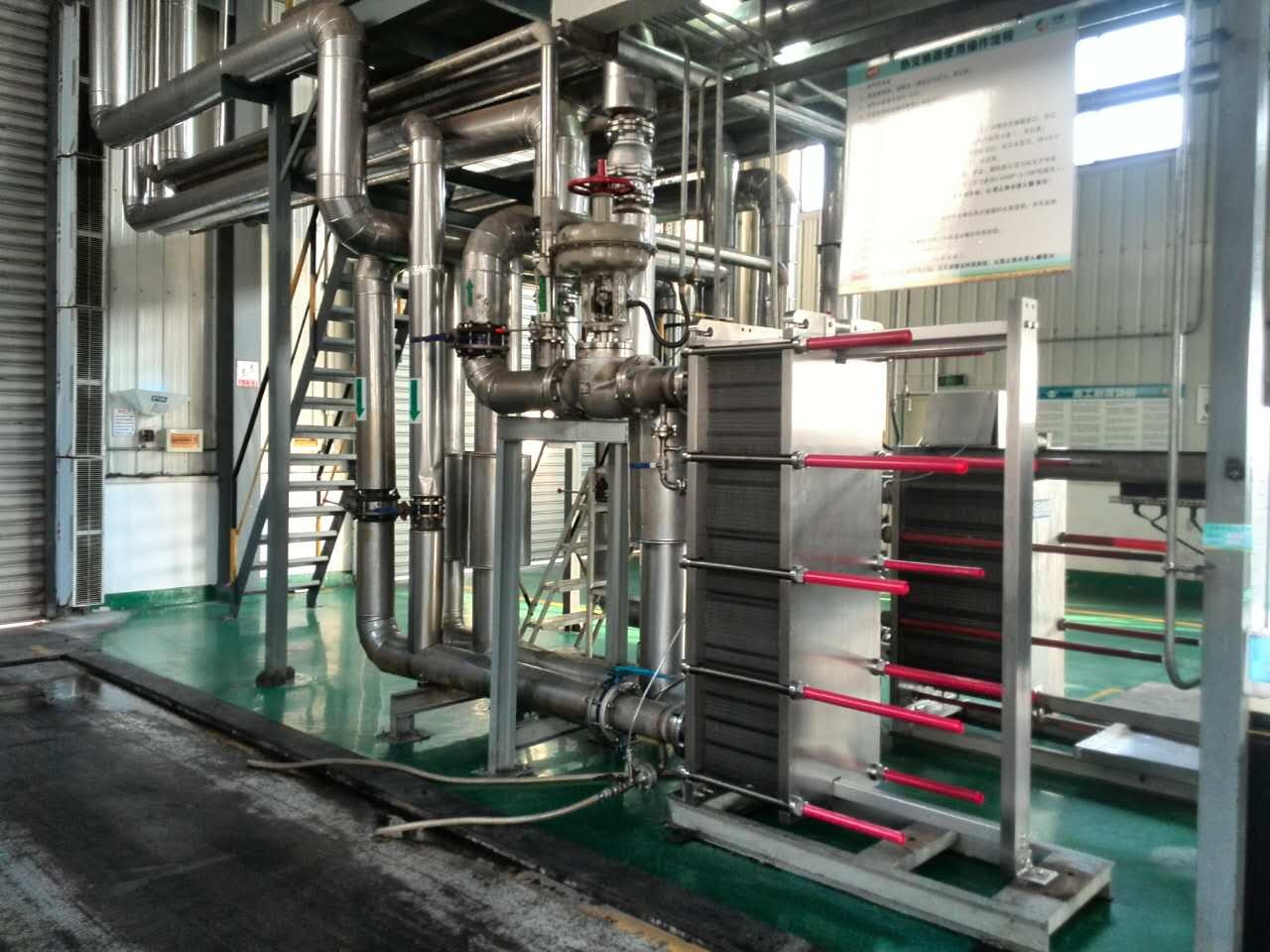5 key roles of plate heat exchanger gaskets.
Plate heat exchanger gaskets perform 5 key roles: ...
More
An airflow air exchanger, also known as a heat recovery ventilator (HRV) or energy recovery ventilator (ERV), is a mechanical ventilation system designed to improve indoor air quality by continuously replacing stale indoor air with fresh outdoor air. These systems work by transferring heat and moisture between the incoming and outgoing air streams, ensuring energy efficiency while maintaining a comfortable indoor environment. Airflow air exchangers are commonly used in residential, commercial, and industrial settings to reduce pollutants, control humidity, and enhance overall air circulation.
Airflow air exchangers are particularly beneficial in modern, energy-efficient buildings that are tightly sealed to minimize heat loss. Without proper ventilation, these structures can trap pollutants, allergens, and excess moisture, leading to poor air quality and potential health issues. By integrating an airflow air exchanger, homeowners and businesses can achieve a balanced ventilation system that removes contaminants while recovering up to 80% of the energy from the exhaust air. This technology not only ensures a healthier living space but also reduces heating and cooling costs, making it a sustainable choice for long-term indoor air management.
Choosing an airflow air exchanger offers numerous advantages, including improved air quality, energy savings, and enhanced comfort. These systems are engineered to address common indoor air problems such as high humidity, odors, and airborne particles, which can exacerbate allergies and respiratory conditions. Studies show that proper ventilation can reduce indoor pollutant levels by up to 60%, significantly lowering the risk of health issues related to poor air quality. Additionally, airflow air exchangers are designed to operate quietly and efficiently, making them ideal for both residential and commercial applications.
Another key reason to choose an airflow air exchanger is its cost-effectiveness. By recovering heat from exhaust air, these systems can reduce energy consumption by 20-30%, leading to lower utility bills. Many models also come with advanced features like programmable controls, filters for particulate removal, and humidity regulation, providing customizable solutions for different environments. According to industry data, homes with HRVs or ERVs see a noticeable improvement in air freshness and thermal comfort, making them a worthwhile investment for anyone looking to enhance their indoor living conditions while staying energy-efficient.
Select the most popular foreign trade service products to meet your diverse needs
Learn more about the dynamics and professional knowledge of the foreign trade industry

Plate heat exchanger gaskets perform 5 key roles: ...
More
A gasket in heat exchanger seals surfaces, blocks ...
MoreAPI 662 defines standards for plate heat exchanger...
More
You can see clear differences between welded block...
More
Ignoring a fouled heat exchanger causes high energ...
More
Plate heat exchangers deliver high thermal efficie...
MoreSelect the most popular foreign trade service products to meet your diverse needs
Explore more content related to foreign trade services

User Comments
Service Experience Sharing from Real Customers
John Smith
HVAC TechnicianThe Airflow Air Exchanger is a game-changer for indoor air quality. Easy to install and highly efficient!
Emily Johnson
Facility ManagerGreat product for maintaining fresh air in commercial spaces. Slightly noisy at high speeds, but overall excellent performance.
Michael Brown
HomeownerThis air exchanger has significantly improved our home's ventilation. Energy-efficient and worth every penny!
Sarah Davis
Environmental EngineerReliable and effective for reducing humidity and pollutants. A must-have for sustainable building projects.